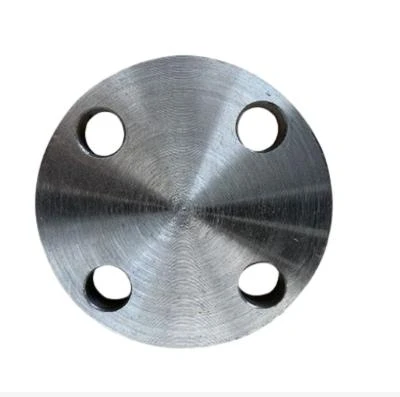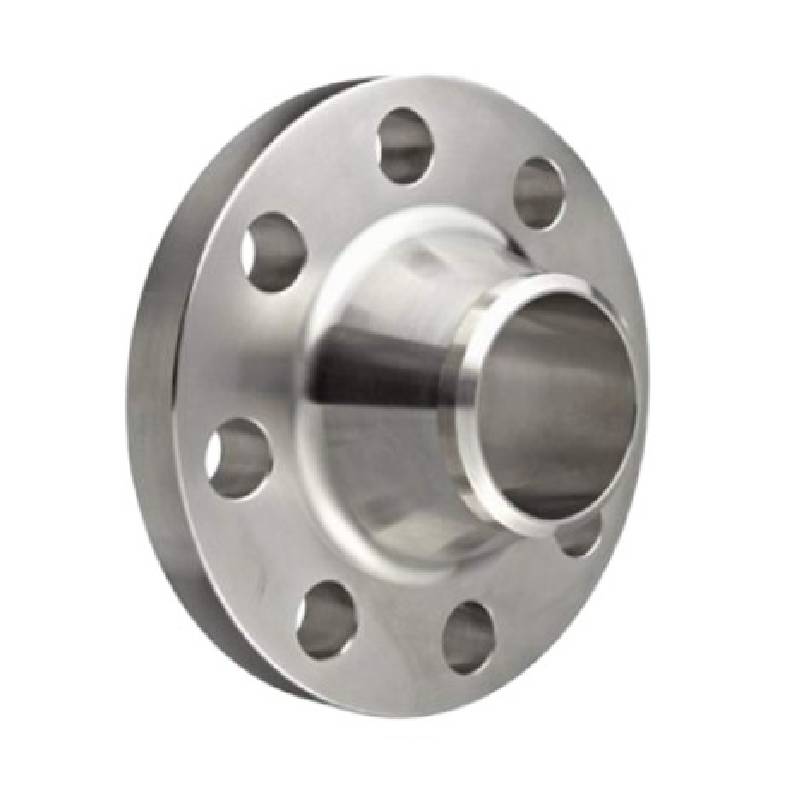-
Cangzhou Yulong Steel Co., Ltd.
-
Phone:
+86 13303177267 -
Email:
admin@ylsteelfittings.com
- English
- Arabic
- Italian
- Spanish
- Portuguese
- German
- kazakh
- Persian
- Greek
- French
- Russian
- Polish
- Thai
- Indonesian
- Vietnamese
- Zulu
- Korean
- Uzbek
- Hindi
- Serbian
- Malay
- Ukrainian
- Gujarati
- Haitian Creole
- hausa
- hawaiian
- Hebrew
- Miao
- Hungarian
- Icelandic
- igbo
- irish
- Japanese
- Javanese
- Kannada
- Khmer
- Rwandese
- Afrikaans
- Albanian
- Amharic
- Armenian
- Azerbaijani
- Basque
- Belarusian
- Bengali
- Bosnian
- Bulgarian
- Catalan
- Cebuano
- China
- China (Taiwan)
- Corsican
- Croatian
- Czech
- Danish
- Esperanto
- Estonian
- Finnish
- Frisian
- Galician
- Georgian
- Kurdish
- Kyrgyz
- Lao
- Latin
- Latvian
- Lithuanian
- Luxembourgish
- Macedonian
- Malgashi
- Malayalam
- Maltese
- Maori
- Marathi
- Mongolian
- Myanmar
- Nepali
- Norwegian
- Norwegian
- Occitan
- Pashto
- Dutch
- Punjabi
- Romanian
- Samoan
- Scottish Gaelic
- Sesotho
- Shona
- Sindhi
- Sinhala
- Slovak
- Slovenian
- Somali
- Sundanese
- Swahili
- Swedish
- Tagalog
- Tajik
- Tamil
- Tatar
- Telugu
- Turkish
- Turkmen
- Urdu
- Uighur
- Welsh
- Bantu
- Yiddish
- Yoruba

2월 . 20, 2025 10:17 Back to list
TYPE11 /11B WELDING NECK FLANGE
DIN EN 1092-1 Type 01/A flanges, commonly known as plate flanges, represent a critical component in various industrial applications due to their simplicity and versatility. These components, tailored to meet stringent manufacturing standards, play an indispensable role in facilitating secure connections within piping systems. Understanding the nuances of these flanges involves delving into their design, application, and material selection, underlining their importance in maintaining system integrity.
Industry-specific standards mandate rigorous testing and certification to authenticate the performance of these flanges. By adhering to EN 1092-1 specifications, manufacturers ensure each flange’s capability to withstand diverse pressures and temperatures. This emphasis on quality and adherence to international standards instills confidence among engineers and designers, who rely on these components to uphold system reliability. A crucial aspect often overlooked is the installation technique and maintenance regime associated with these flanges. Proper alignment during installation guarantees the optimal function of the flange, minimizing the risk of leaks or misalignment-induced mechanical strains. Subsequently, regular maintenance checks, coupled with a proactive replacement strategy for worn or damaged flanges, contribute significantly to mitigating system failures. From an environmental perspective, flanges crafted and maintained under EN 1092-1 standards offer sustainability benefits. By ensuring leak-proof connections, they aid in the prevention of harmful emissions and wastage that could negatively impact ecosystems. This environmental stewardship reflects a broader industrial commitment toward sustainable practices, seeking to balance operational excellence with ecological responsibility. In conclusion, the EN 1092-1 Type 01/A flanges stand as a testament to engineering precision, offering valuable insights into their applicability and performance across industry verticals. Whether viewed from the lens of cost efficiency, material diversity, or environmental sustainability, the strategic implementation of these flanges within piping systems underscores their indispensable role in modern engineering. By prioritizing informed material selection, adherence to standards, and meticulous maintenance practices, industries can harness the full potential of these components, ensuring operational success for years to come.


Industry-specific standards mandate rigorous testing and certification to authenticate the performance of these flanges. By adhering to EN 1092-1 specifications, manufacturers ensure each flange’s capability to withstand diverse pressures and temperatures. This emphasis on quality and adherence to international standards instills confidence among engineers and designers, who rely on these components to uphold system reliability. A crucial aspect often overlooked is the installation technique and maintenance regime associated with these flanges. Proper alignment during installation guarantees the optimal function of the flange, minimizing the risk of leaks or misalignment-induced mechanical strains. Subsequently, regular maintenance checks, coupled with a proactive replacement strategy for worn or damaged flanges, contribute significantly to mitigating system failures. From an environmental perspective, flanges crafted and maintained under EN 1092-1 standards offer sustainability benefits. By ensuring leak-proof connections, they aid in the prevention of harmful emissions and wastage that could negatively impact ecosystems. This environmental stewardship reflects a broader industrial commitment toward sustainable practices, seeking to balance operational excellence with ecological responsibility. In conclusion, the EN 1092-1 Type 01/A flanges stand as a testament to engineering precision, offering valuable insights into their applicability and performance across industry verticals. Whether viewed from the lens of cost efficiency, material diversity, or environmental sustainability, the strategic implementation of these flanges within piping systems underscores their indispensable role in modern engineering. By prioritizing informed material selection, adherence to standards, and meticulous maintenance practices, industries can harness the full potential of these components, ensuring operational success for years to come.
Latest news
-
ANSI 150P SS304 SO FLANGE
NewsFeb.14,2025
-
ASTM A333GR6 STEEL PIPE
NewsJan.20,2025
-
ANSI B16.5 WELDING NECK FLANGE
NewsJan.15,2026
-
ANSI B16.5 SLIP-ON FLANGE
NewsApr.19,2024
-
SABS 1123 FLANGE
NewsJan.15,2025
-
DIN86044 PLATE FLANGE
NewsApr.19,2024
-
DIN2527 BLIND FLANGE
NewsApr.12,2024
-
JIS B2311 Butt-Welding Fittings LR/SR 45°/90° /180°Seamless/Weld
NewsApr.23,2024










